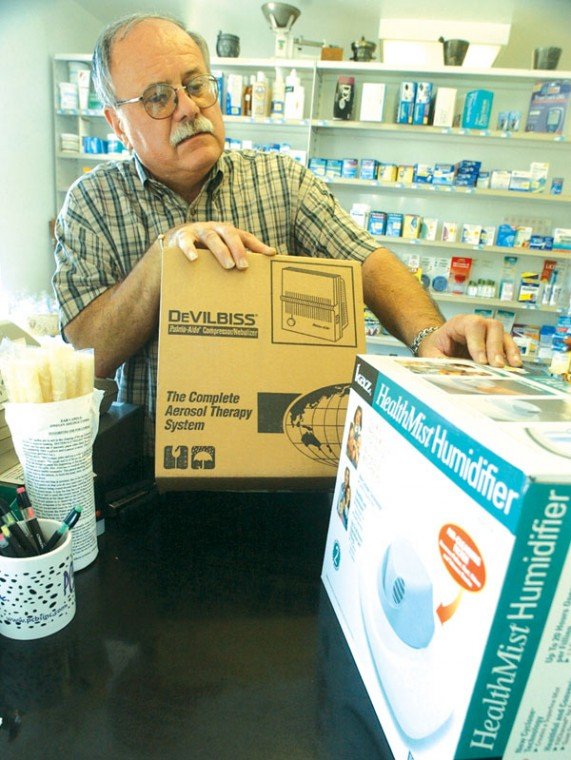Everyone knows smart buyers do their homework. Is it worth it to
comparison shop for medical services?
Consumers long have shopped around for the best deals on everything from tennis shoes to automobiles, but what about X-rays, echocardiograms and overnight hospital stays?
State law requires all licensed general care and psychiatric hospitals to make available to the public pricing information for many common procedures, medications, services and goods – from CAT scans to Kleenex, pain-relief pills to pillows.
For patients with health insurance, the high costs of medical care often are at least partly offset by coverage plans. But for the millions of uninsured patients in California, seeking out the least expensive price can be worth the effort, as the list prices services and procedures can vary widely among hospitals.
Although hospitals are required to disclose their prices, they’re not required to explain how they arrived at that amount. Often, the factors that go into determining prices are specific to the hospitals, said Vivian Smith, spokeswoman for Saint Louise Regional Hospital in Gilroy.
“It’s not just the procedure that is part of the price. There are contract issues, and also the cost of the machines,” she said.
For example, one hospital’s MRI machine might be much more technologically advanced and provide greater imaging detail than another hospital’s machine. Although patients of the first hospital might pay more for their MRIs, their results would be more accurate and received in less time.
Hospital list prices also include labor costs and regional cost-of-living differences, Smith said.
“It’s similar to the price of gasoline. It varies from Gilroy to San Jose, depending on the area,” she said. “Geographical location is also taken into consideration.”
Some people, though, believe many medical supplies – especially basic goods that are inexpensive to produce – should be made available to the public at a more reasonable cost. Roger Locke, owner of Hometown Medical Supplies in San Jose, said he’s fed up with the prices hospitals charge people in need of medical care. Often, Locke said, hospitals significantly mark up the costs for common goods such as over-the-counter pain-relief tablets, largely because there’s a middleman involved.
The best way to ensure a good deal is to do your homework, Locke said.
“People have to shop around, I believe, like anything else. You can buy gasoline for $3 a gallon, but you can get it for $2.30 if you shop around,” he said.
Comparison shopping
Here’s a look at the average prices for common items used in hospitals and what they would cost at an average medical-supply store.
Saline bag
$23 at a hospital, $3.75 at a store
General-use catheter
$13 at a hospitals,$1.95 at a store
Comfort wedge (cervical roll)
$75 at a hospital, $35.95 at a store
Saint Louise Regional Hospital, Gilroy
Abdominal X-ray: $282
Complete blood count (basic blood test): $47
CT brain scan: $3,230
Electrocardiogram (EKG): $252
MRI (magnetic resonance imaging): $3,625
Room and care per night (intensive care unit): $8,000
Kaiser Permanente Santa Teresa Medical Center, San Jose
Abdominal X-ray: $345
Complete blood count (basic blood test): $140
CT brain scan: $1,590
Electrocardiogram (EKG): $780
MRI (magnetic resonance imaging): $4,185
Room and care per night (intensive care unit): $6,210
Hazel Hawkins Memorial Hospital, Hollister
Abdominal X-ray: $203.70
Complete blood count (basic blood test): $180.40
CT brain scan: $1,604.30
Electrocardiogram (EKG): $200.65
MRI (magnetic resonance imaging): $2,891.85
Room and care per night (intensive care unit): $5,065












